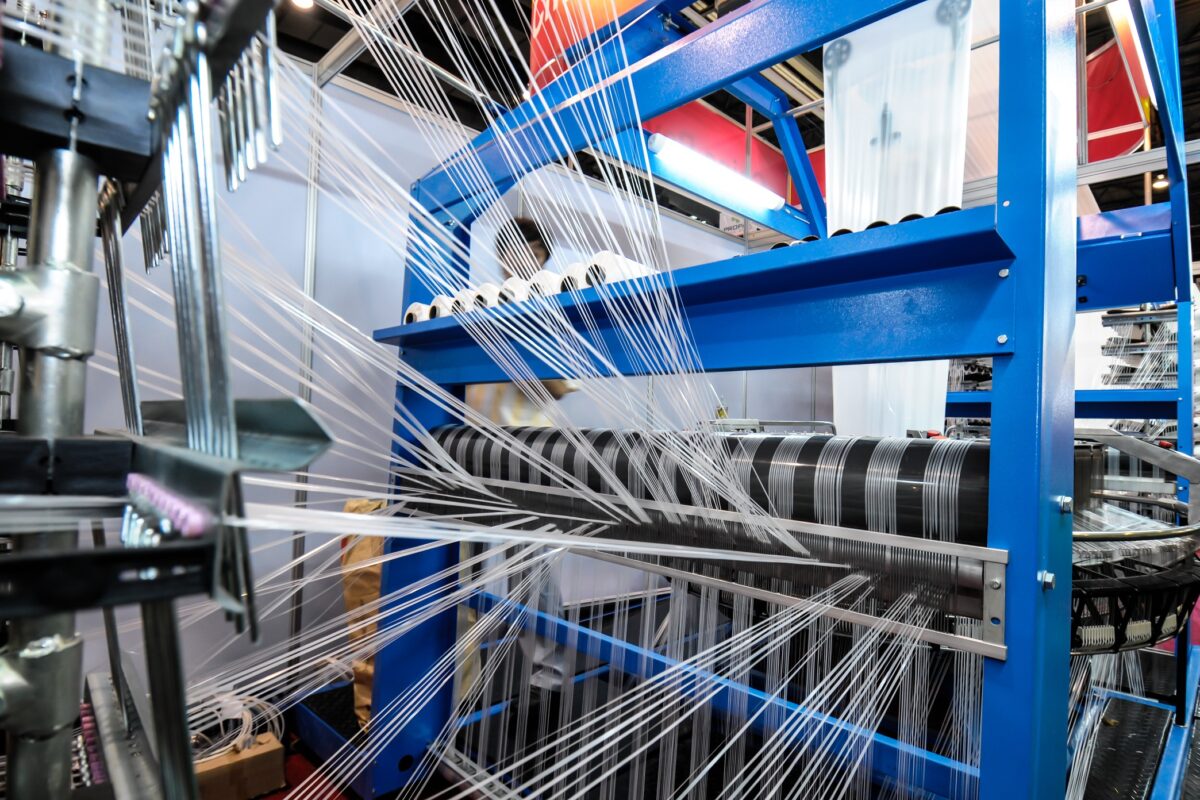With China being the only major economy expected to show growth this year, global luxury brands are depending on Chinese consumers for sales reports Reuters. Luxury brands are doubling investments in the Chinese market besides embracing e-commerce and pushing ahead with store openings. They are also holding lavish events to attract consumers. Louis Vuitton menswear designer Virgil Abloh held a Spring/Summer fashion show before a live audience in Shanghai last month. Prada also hosted private viewings of its new collection last week in Shanghai.
Prada’s China sales jumped 60 per cent in June and 66 per cent in July, while those of Louis Vuitton and Dior doubled in some weeks since March. The Chinese will account for around half of all global spending on high-end brands in 2020, a 37 per cent last year, says McKinsey & Company. However, total global luxury spending is expected to plunge by 35 per cent from last year’s $300 billion, according to consultancy Bain.
The Chinese government has long sought to bring some of the money splashed abroad by its citizens overseas back home. It cut import tariffs in 2018, enabling luxury brands to reduce their China prices, while this year in Hainan, it has expanded the amount of duty-free shopping allowed to 100,000 yuan ($14,650) from 30,000 yuan as well as the types and number of products allowed.
China skews younger with many luxury consumers between 25-35 years. Its innovative services like livestreaming enables luxury brands to more directly connect to shoppers.












